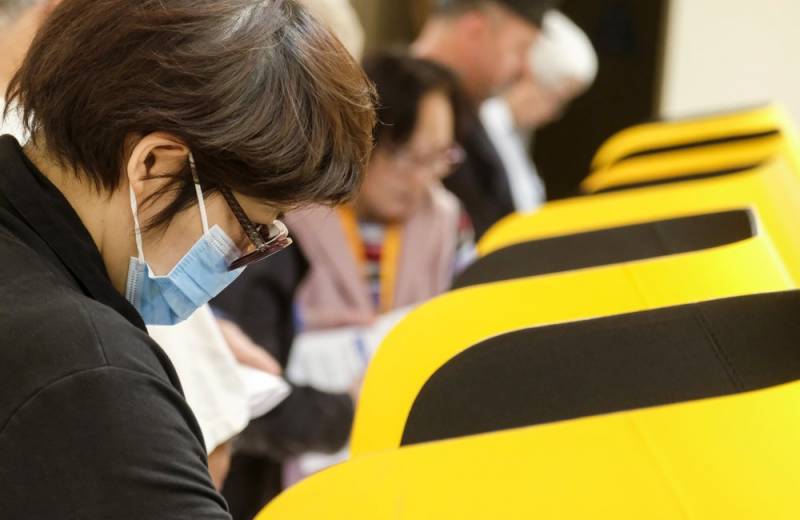Worried about the unpredictable coronavirus wreaking havoc on the November election, California Gov. Gavin Newsom on Thursday signed a law to let counties offer fewer in-person polling places in exchange for opening the sites earlier.
The change follows another law Newsom signed in June requiring counties to mail ballots to every active registered voter ahead of the Nov. 3 election. It’s part of the state’s strategy to keep people from gathering at polling places and risk further spread of the coronavirus that has killed nearly 9,900 Californians.
“This November will have the most unusual election, at least in my lifetime, but there will be an election,” said state Sen. Tom Umberg, a Democrat from Santa Ana and the author of the bill.
While every active registered voter in California will get a ballot in the mail, some people must vote in person for various reasons, including lost or damaged mailed ballots, the need for language assistance or help due to a disability, or because they want to register to vote on Election Day, which California law allows at polling places.
Traditional polling places — community centers, retirement homes and in some cases people’s garages — have been hard to come by because of the pandemic. Sacramento County had 84 vote centers for the March 3 primary election. But it has only been able to secure locations for 39 vote centers for November, according to county spokeswoman Janna Haynes.

